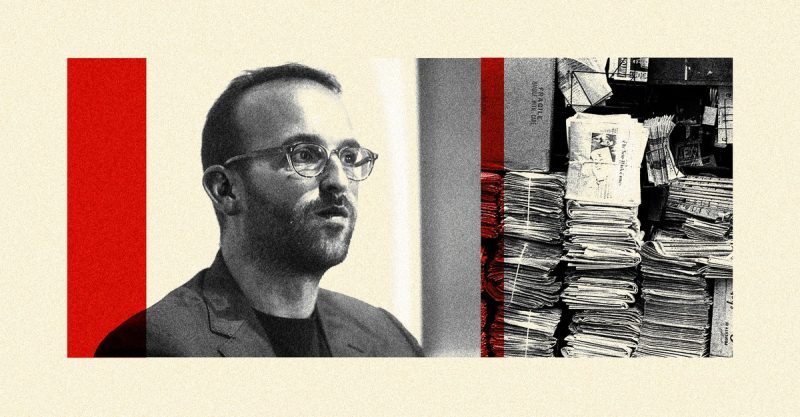
For over two decades, the print media industry has been a target for the rapid advancements in digital technology. The rise of Craigslist decimated the lucrative classified ads market, and the proliferation of free online news websites further eroded print’s revenue streams. Now, a new challenger emerges: Artificial Intelligence. One brave (or perhaps foolhardy) newspaper has decided to take the plunge and integrate ChatGPT into its editorial process. The results are, to put it mildly, intriguing.
The experiment, while still in its early stages, has already sparked considerable debate. Proponents argue that AI can automate tedious tasks like writing basic news reports and freeing up human journalists to focus on more in-depth investigative pieces and insightful analysis. This, they claim, will lead to a more efficient and cost-effective newsroom, ultimately benefiting the readers.
However, critics raise serious concerns. The primary worry revolves around the potential for inaccuracies and biases. While AI models are trained on vast datasets, they are not immune to the inherent biases present in that data. This could lead to the dissemination of misinformation, potentially damaging the newspaper’s credibility and trust with its readers. Furthermore, the ethical implications of using AI to generate news content are far-reaching and require careful consideration.
There’s also the question of job security. If AI can automate the writing of news articles, what will happen to the human journalists? Will their roles become obsolete, replaced entirely by algorithms? This fear is understandably prevalent amongst journalists, many of whom have already witnessed significant job losses in the industry.
The newspaper’s experiment is a bold move, a gamble even. It represents a significant shift in the way news might be produced and consumed in the future. While the long-term implications remain unclear, the decision to integrate ChatGPT highlights the evolving landscape of journalism and the ongoing struggle to adapt to the relentless march of technological progress. Only time will tell if this innovative approach paves the way for a more efficient and effective news industry, or if it signals a perilous step towards a future where the integrity of journalism is compromised. The debate is far from over, and the world watches with bated breath.










